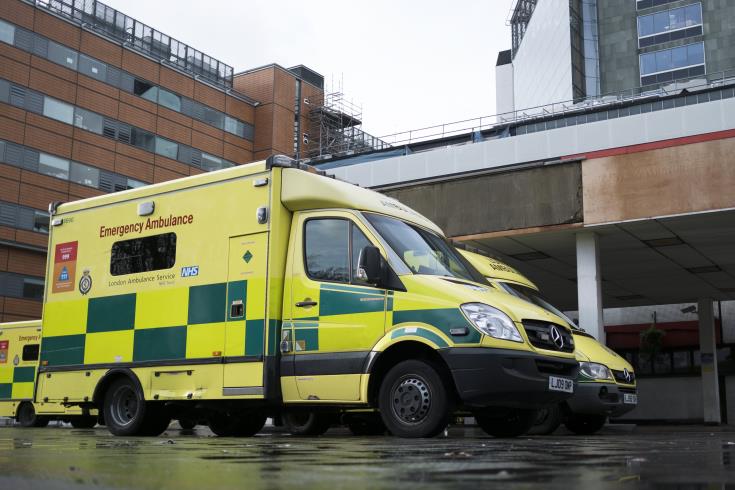At least 15 people were killed in a shootout between military and gunmen in the southern Mexican state of Guerrero on Tuesday, state officials said. It was the second massacre in the country in equal numbers. Earlier in the day, Mexican President Andres Manuel Lopez Obrador defended his government's public security strategy and blamed previous governments for the country's chronic violence, a day after 13 police officers were killed in an ambush. reported that they were executors of drug cartels.
The attack on police officers is "deeply saddening," Lopez Obrador said, but insisted that his policy of higher security spending and efforts to address the root causes of violence would pay off. "I'm optimistic that we will have peace (…). we are committed to this problem, which [previous governments] have allowed to escalate. "But we have a new model of security now," the center-left president assured.
The number of homicides in Mexico reached an unprecedented level in 2018 and the sad record is about to be broken this year, putting Lopez Obrador under increasing pressure. At the scene of the ambush, as shown in photos published by Mexican media, next to burned police patrols pierced by bursts of automatic weapons were left placards of the Nea Genia cartel of Jalisco - one of the most powerful gangs in Mexico - warning police to sue other gangs.
About 80 military personnel from a helicopter were deployed in the area to locate the perpetrators, said General Luis Sandoval, the defense minister. Public Security Minister Alfonso Duraso, for his part, said that the use of force by the authorities was the means of redress and that the aim of the Lopez Obrador government was to "bring peace to the country without the use of force, without repression". After taking power in December, Lopez Obrador announced the establishment of a new body, the National Guard, which would undertake to deal with cartel violence.
But much of the strength of this new corps, consisting of military and federal police, was developed on the border with the United States and Guatemala, following the suffocating pressure on the Mexican government by US President Donald Trump, who threatened to impose sanctions on all Mexican government products imported into his country if no migration flows were recorded.
